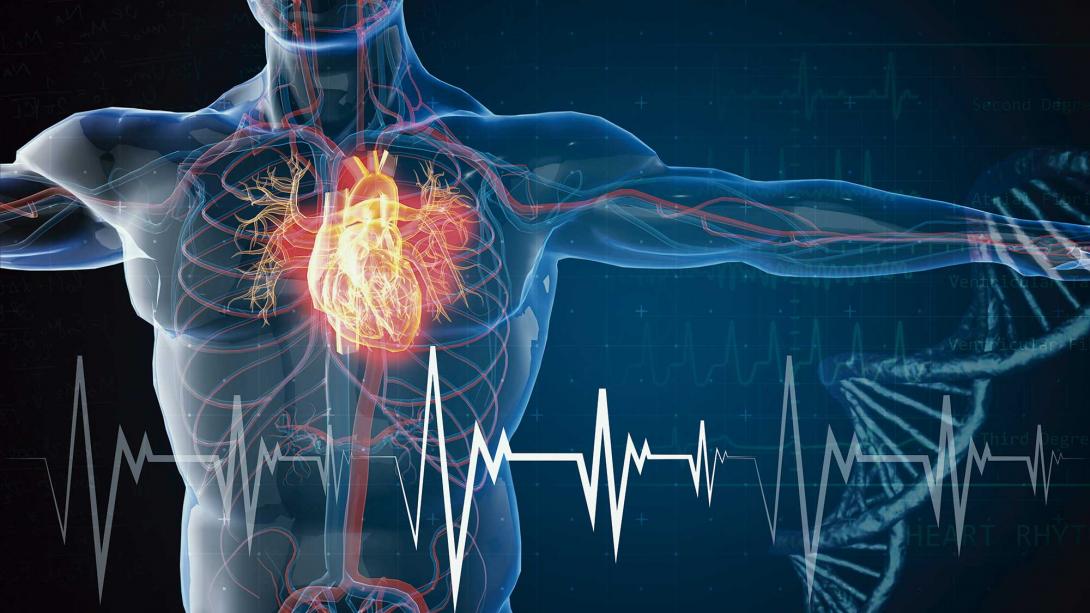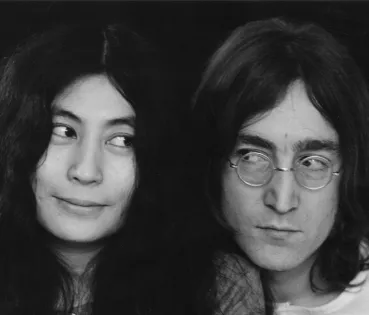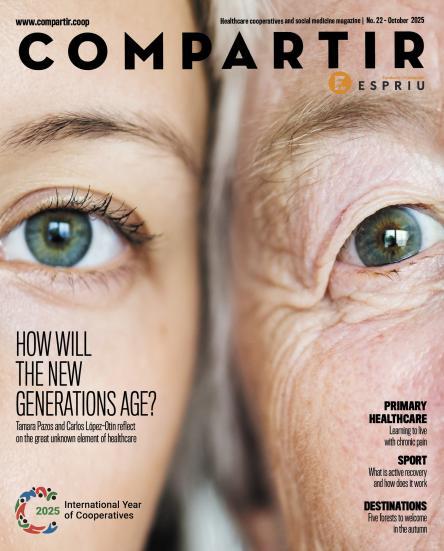
Overwork affects the hypertensive heart
High blood pressure can cause serious heart diseases if not treated in time. Cardiologists work together with other specialists and with the primary care nurses to monitor patients.
High blood pressure causes the heart to overwork increasing its thickness. The hypertrophied muscle pumps the blood strongly, but its relaxation deteriorates in such a way that it cannot fill up with blood. This is when heart failure occurs. The lack of relaxation affects the left atrium, which dilates and leads to an arrhythmia that is usually called atrial fibrillation. High blood pressure is also a cardiovascular risk factor because it can speed up the forming of atherosclerosis in the arteries, including the coronary arteries and encouraging the appearance of ischemic heart disease – angina pectoris or a heart attack.
Ainhoa Torrens is a cardiologist at the SCIAS – Hospital de Barcelona and she affirms that many of the patients with high blood pressure problems are treated in primary health care. “It is important for hypertensive patients to go to specialists when it has been shown that the disease has affected a target organ, they have a high cardiovascular risk or it is difficult to control with the medication,” she explains. Because with a disease such as high blood pressure, “good monitoring is essential,” although it is also “important to make a first evaluation of the patient’s cardiovascular risk,” she acknowledges.
At the consulting rooms
When a patient with high blood pressure arrives at the cardiologist’s consulting rooms, “the first thing we do is to rule out secondary hypertension – high blood pressure that is not primary, but rather caused by another disease. And it is particularly important in young patients who arrive with injuries to the target organs,” Torrens explains, recalling that in all cases, “we usually carry out a basic study.”
For the doctor, “high blood pressure must be treated from the very beginning, making an evaluation of the initial risk and proposing a treatment protocol.” And in this treatment “there has been a change of mentality,” she affirms. Previously, it was treated with a single drug, adapting the dose to each patient. “Now we use a combination of two or three drugs. Because, out of the four or five that we can use there is a series of combinations that give us added advantages.” And we try to give these combinations in a single tablet to guarantee a greater fulfilment of the treatment. “When you ask the patient to take two or three tablets, they often give up,” the doctor acknowledges.
Ainhoa Torrens also emphasises the importance of leading a healthy lifestyle. “There are a series of simple hygienic-dietary steps that can help you to reduce the blood pressure and cardiovascular risk by 20%,” she explains. Steps such as following a Mediterranean diet, low in salt and in non-saturated fats, losing weight and exercising.
Additionally, “all patients from the age of 40 year in men, must have their blood pressure checked periodically.” But in the cases when it is already high, the doctor recommends an annual check-up, because “it might be controlled well with hygienic-dietary steps.”
Teamwork
And who should carry out the monitoring? “This depends on the moment of the high blood pressure and on the response of the patient being treated,” Torrens affirms. “I think that the family practitioners, who are in the frontline, play a very important role in chronic diseases. And not only the doctors, the nurses as well.” These are the people who are in contact with the patient regularly and “it is very important in cases of high blood pressure to sit down with them, explain to them what a salt-free diet means, identifying the foods that have hidden salt, recommending other cooking methods and recipes. It is also essential to explain the health problems that they could suffer from if they do not follow the guidelines they are given.”
However, in the cases of patients “with secondary hypertension injuries, difficulties to control it or with added heart disease, the cardiologist must intervene, also monitoring the patient,” Torrens indicates, for whom the cardiologist is an important part of the treatment, but not the only part. “It is teamwork, involving the family practitioner, the internist, the nephrologist, the nurses and also, the cardiologist.
The patient also participates
"Previously, medicine was very paternalistic, but now I think that patients must be more involved, particularly in chronic diseases such as high blood pressure,” Torrens affirms. “If the patient understands how important the hygienic-dietary steps are; if I explain why we must control their blood pressure; that there is a cardiovascular risk and that we can prevent many diseases, they are more likely to stick to the treatment more,” she adds. “When I give them drugs, I also like to explain why, the advantages they have and what the side effects are.” Involving the patient “means that they have greater control over the disease,” Torrens concludes.




